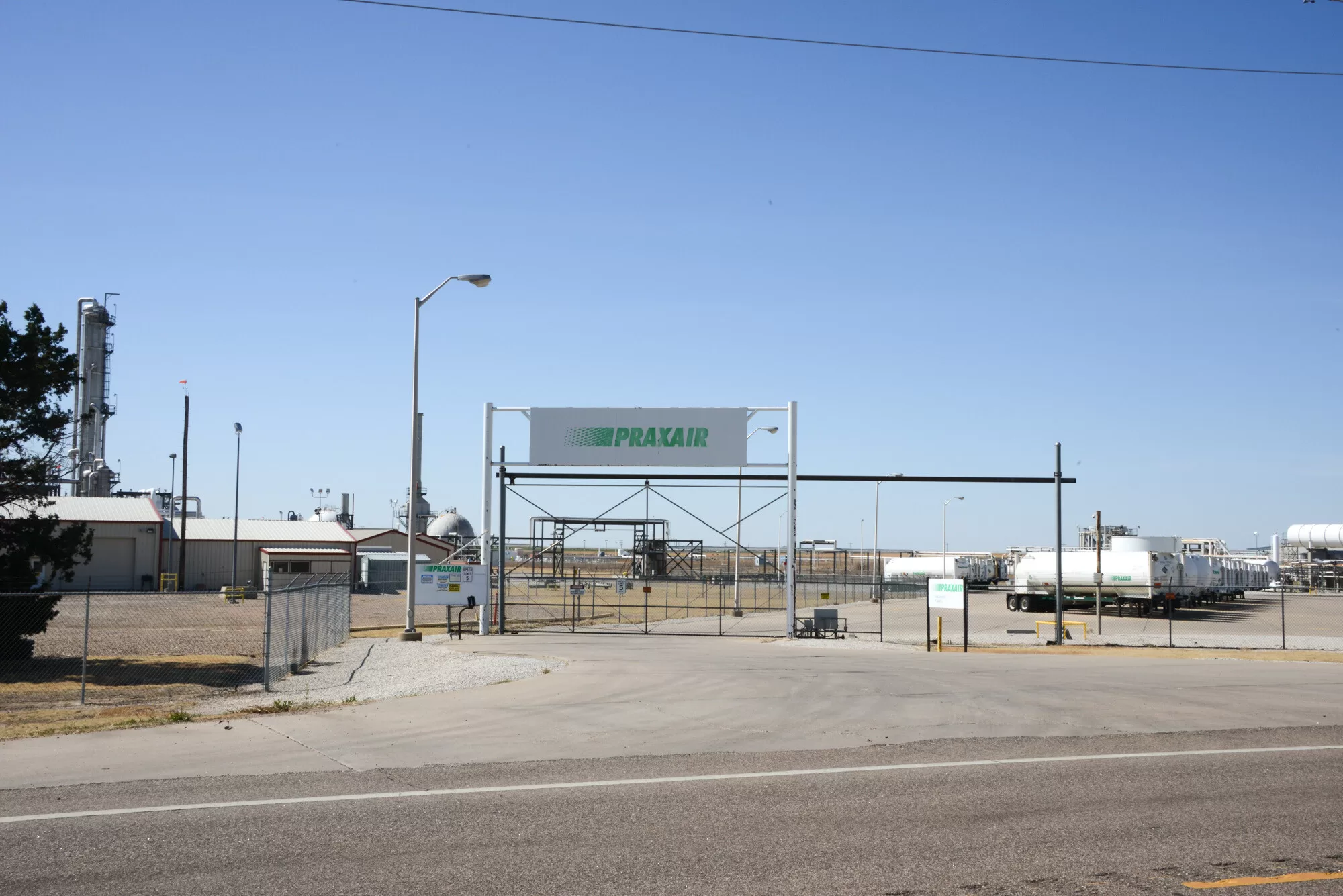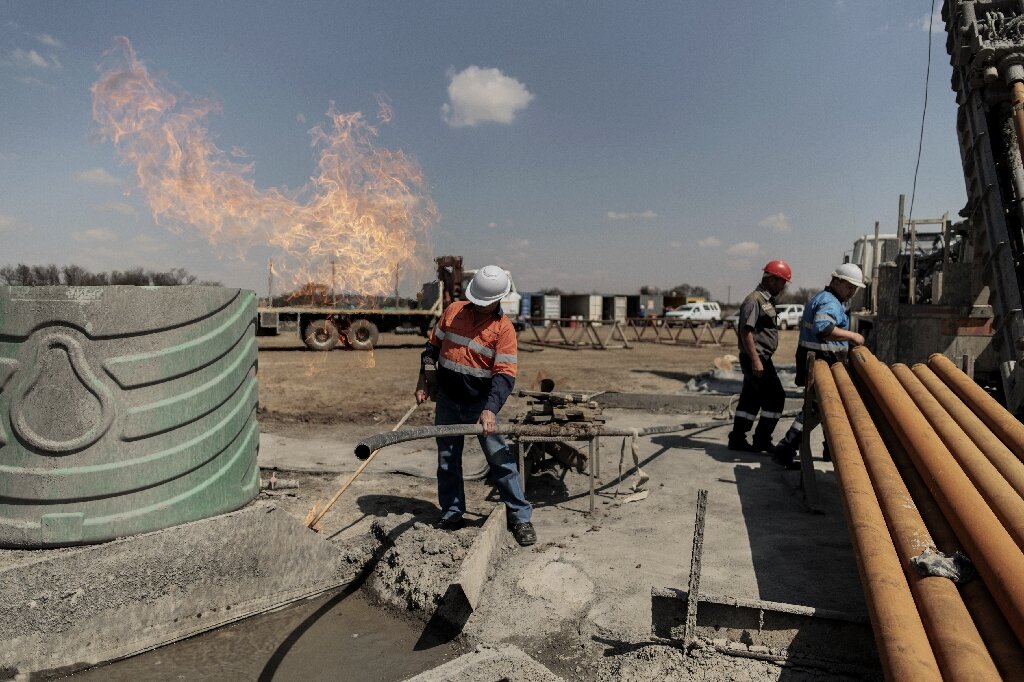
The founders of South African company Renergen anticipated discovering tiny natural gas deposits that may fuel adjacent mining potential when they purchased the production and development rights for some grassy areas close to Virginia, a town in the Free State region of the nation.
According to CEO Stefano Marani, they paid $1 for the rights in 2013 and began analyzing the gas composition coming from two corroded drill pipes that had been put in place years earlier for mineral exploration. What they discovered was very high helium concentrations.
Helium is used in many business uses other than just blowing up party balloons. Condensed into a liquid state, it serves as a vital cooling element in the production of microchips and the functioning of life-saving MRI scanning equipment. Nonetheless, with less than ten nations producing the gas, helium supplies and pricing remain unstable globally.
Unknowingly, Renergen had hit gold. According to the corporation, it currently possesses proved helium reserves at the Virginia Gas Project totaling more than 7 billion cubic feet, which may be valued at over $4 billion and as much as $12 billion when further prospective reserves are taken into account.
Renergen’s chief operating officer, Nick Mitchell, states that the company “had humble, modest aspirations of setting up a small scale [gas] power station that could deliver a couple of megawatts.” to some nearby mining opportunities.” “We were unaware of the helium deposit’s vastness, enormity, and truly exceptional quality.”
In January 2023, the business successfully generated its first batch of liquid helium from the facility. It intends to start commercial operations within the next month, extracting helium with natural gas, then processing and delivering it to clients, such as Linde, a worldwide engineering business, after being delayed for the entire year owing to a breach in the vacuum seal of the helium cool box.
Renergen’s natural gas deposits are unique due to their exceptionally high helium content. According to Marani, it ranges from 3% to 12% on average and more in specific locations. According to the US Bureau of Land Management, the US, which is the world’s largest provider of helium, has an average concentration of 0.35%, while Qatar, another significant participant, has an average of 0.04%.
Chris Ballentine, the head of geochemistry at Oxford University in the United Kingdom, suggests that this might make Renergen’s helium more environmentally benign. He says that helium is often created as a byproduct of liquefied natural gas (LNG), which is a mixture of gases predominantly composed of methane. It is only economically viable to extract helium on its own at a particular concentration, generally about 0.3%.
He goes on to say that this implies that the majority of the time, hydrocarbon producers who extract and sell helium on the side control the helium supply, and as a result, helium production is associated with a large carbon footprint. However, a greater concentration of helium results in a lower production of related methane, which lowers its carbon footprint.
Building Collapse Near Boise Airport Leaves 3 Dead and 9 Injured
“Even if the Renergen possibilities have a far reduced carbon impact about their helium output, that is what makes them so intriguing He states that “they’ve effectively discovered a primary helium gas system.”
In the end, Ballentine hopes the industry will switch from using LNG to produce helium to other sources, such as gas fields where helium coexists with nitrogen, as investigated in a recent paper he co-authored.
Cheaper manufacturing is another advantage of the high concentration. “Compared to most other players in the market, we produce helium at a significantly lower cost,” claims Marani. “We drill very shallow wells, probably between 1,000 and 1,500 feet deep—very economical, small footprint—and the gas just naturally escapes on its own.”
A new participant in a different geographic area is highly welcomed, as the world’s supply of helium is regularly disturbed, according to Ballentine. “We only have a few limited supply points, so we are currently in a supply crisis. Places like Renergen will alleviate that,” he adds.

Africa does not now generate any helium in the globe; Tanzania has helium-rich gas resources, but they are not yet used for commercial production.
Marani points out that the South African government classified Renergen’s gas project as a “strategic integrated project,” which aided in accelerating the regulatory licensing procedures.
Mitchell claims that the company’s “phase one project,” a modest experimental project supported by the US government, will create about 350 kg of helium per day, which is more than enough to meet South Africa’s needs and have extra. The US government and Standard Bank of South Africa have provided funding for its “phase two project,” which is projected to begin operations in 2027 and increase output to 4.2 tonnes per day, accounting for around 6% to 8% of the world’s helium supply. According to Research and Markets, the worldwide helium industry is expected to be valued above $6 billion in 2027, which would yield substantial profits.
Experts told CNN that the company’s share price dropped significantly in the last quarter of 2023, despite its high expectations. This decline may have been caused by social media criticism of the company’s openness. Despite investor skepticism, Marani believes Renergen can overcome it because of improvements that would “not only significantly de-risk the project moving forward but provide delivery.”
In December, the business declared that it had sold Mahlako Energy Fund and Third Way Investment, two Johannesburg-based investment management companies, 5.5 percent of the stock in Tetra4, Renergen’s subsidiary that owns and runs the Virginia Gas Project, for 550 million rand ($29 million). Through an initial public offering (IPO) on the US Nasdaq stock exchange, it intends to raise further equity. The business is already listed in Australia and South Africa.
“I have no illusions about it—building up confidence is going to take a very long time,” Marani states. “I think the first step in that process is the helium turn-on.”
